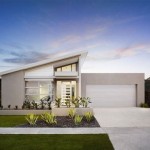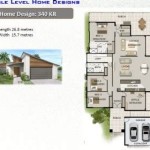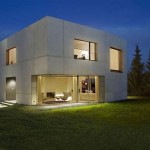Essential Aspects of Wood Frame House Plans
Wood frame houses are a popular choice for many homebuilders due to their versatility, affordability, and energy efficiency. When designing your dream home, it's important to consider the essential aspects of wood frame house plans to ensure that your home is structurally sound, comfortable, and meets your needs.
1. Floor Plan
The floor plan is the foundation of your home's design. It determines the layout of the rooms, the flow of traffic, and the overall functionality of your living space. When creating your floor plan, consider the following factors:
- Number of bedrooms and bathrooms
- Size and shape of the rooms
- Placement of doors, windows, and stairs
- Traffic flow and access to different areas of the home
2. Framing
The framing of a wood frame house is responsible for providing structural support and stability. The framing consists of the following components:
- Stud walls: Vertical members that form the walls.
- Floor joists: Horizontal members that support the floor.
- Ceiling joists: Horizontal members that support the ceiling.
- Roof trusses: Triangular structures that form the roof.
3. Insulation
Insulation is essential for maintaining a comfortable temperature inside your home and reducing energy costs. There are several types of insulation used in wood frame houses, including:
- Fiberglass: A popular choice for homebuilders, fiberglass insulation is made from tiny glass fibers.
- Cellulose: Made from recycled paper, cellulose insulation is available in loose-fill or spray-foam form.
- Spray foam: A more expensive option, spray foam insulation creates a complete seal against drafts and moisture.
4. Roofing
The roofing system protects your home from the elements and contributes to its overall aesthetics. When choosing a roofing material, consider the following factors:
- Climate: The type of climate you live in will determine the appropriate roofing choice.
- Slope: The slope of your roof will also affect the type of roofing material you can use.
- Style: Roofing materials come in a variety of styles, so you can choose one that complements the overall design of your home.
5. Siding
Siding is the exterior covering of your home and provides protection from the elements. There are many siding options available, including:
- Vinyl: A widely used option, vinyl siding is durable, low-maintenance, and comes in a variety of colors.
- Fiber cement: Made from a mixture of cement and cellulose fibers, fiber cement siding is durable and resistant to fire and moisture.
- Wood: Traditional wood siding provides a classic look, but requires regular maintenance and painting.
6. Windows and Doors
Windows and doors provide natural light, ventilation, and access to your home. When choosing windows and doors, consider:
- Size and placement: The size and placement of your windows and doors will affect the amount of natural light and ventilation in your home.
- Energy efficiency: Look for windows and doors with high energy-efficiency ratings to reduce energy costs.
- Style: Windows and doors come in a variety of styles, so you can choose ones that complement the overall design of your home.
7. Plans and Permits
Before starting construction, you will need to obtain a building permit from your local building department. This involves submitting detailed plans of your home for review and approval. The plans should include:
- Site plan
- Floor plans
- Framing plans
- Electrical plans
- Plumbing plans

A Frame House Plans Free Cabin Floor

Timber Frame House Plan Design With Photos

Wood Frame Tecnologia Na Construção De Casas Madeira Framing Construction Shed Plans

24 36 A Frame House Plan Timber Hq

Timber Frame Kits Home Builders

24x36 Post Beam House With A Nice Open Floor Plan

Wood Wooden House Construction Projects Building Plans Home Floor Designs Frame Houses Walls Structure

Unique Small House Plans A Frames Cabins Sheds Plan With Loft

Timber Frame House Plan Design With Photos

Timber Frame Designs Floor Plans Timberbuilt








